If you know how to read them, sales and inventory statistics reveal what is really happening in the local real estate market.
Listening to the news, it’s easy to be confused about what is really happening in real estate. Some analysts predict a crash, others say there’s no end in sight to rising prices, and others hold their fingers to the wind and take a check whenever interest rates rise and fall.
But if you are a buyer or seller and want the best strategy for your needs, where do you get real answers?
David Howell, McEnearney Associates’ Executive Vice President & Chief Information Office, gave a deep dive discussion on statistics to help address the questions and concerns that clients are sharing with their agents.
“It’s easy to get discouraged if one is a buyer or seller by some of the national headlines and media that talk about how terrible the market is,” Howell observed of news coverage of rising interest rates and other challenges, but he noted that, “We have the good fortune of being in a metropolitan area that is probably among the strongest residential real estate markets anywhere in the country.”
“We don’t want clients to make decisions based on fear or inappropriate information about what’s really going on in the market,” Howell said. There are still opportunities at every level of the market to make a great deal come together, if you know where to look.
Here are a few of the takeaways.
Is the DC/MD/VA Housing Market Really Crashing?
The DC-Metro area is one of the strongest housing markets in the nation, thanks to many factors including our employment anchors – government, technology, military, media – that keep people moving steadily into and out of our region. Howell shared that our region was never as overheated as some markets elsewhere in the country like Austin (ex: recent +350% increase in inventory should push prices down), Phoenix, Las Vegas and others.
Looking at Northern Virginia in February, for example, 43 percent of homes sold at or above the original list price. Howell added that at this time last year housing inventory was at less than a half-month’s supply and that still remains the case today. A four-month supply of housing is generally considered the threshold of a “balanced” market and we are nowhere near that in any price point in any jurisdiction throughout our region, Howell shared. DC has the highest at 2.2 months inventory.
“This is in fact a Seller’s Market,” Howell said. “Buyers need to know that in terms of negotiation strategy, sellers need to know it because it’s an incredible opportunity if they price right.”
Price Matters & Time Kills
Even in a strong seller’s market, proper initial pricing is more important than ever before. “If you price it right, you’re likely to be rewarded in a significant way. If you price it wrong in the beginning, you’re likely to get hammered in a significant way,” Howell said.
And if a listing is not getting offers within the first three weeks, the market is telling you that the price is wrong.
For February 2023, in Northern Virginia 43 percent of homes sold an average 3 percent at or above list price in an average of 13 days, while the remaining 57 percent of homes sold an average 5 percent below list price in an average of 63 days. In other areas the numbers showed a similar trend, with an overall difference of about 10 percent between pricing right and pricing too high:
- DC – 27 percent of homes sold an average of 3 percent above list in 21 days while the remaining 73 percent sold at nearly 7 percent below list price and in an average of 85 days.
- Montgomery County – 44 percent of homes sold an average of 4 percent above list in 12 days while the remaining 56 percent sold at 6 percent below list price and in an average of 64 days.
- Prince Georges County – 27 percent of homes sold an average of 4 percent above list in 19 days while the remaining 73 percent sold at more than 5 percent below list price in an average of 56 days.
- Loudoun County – 44 percent of homes sold an average of 3 percent above list in 14 days while the remaining 56 percent sold at almost 6 percent below list price in an average of 64 days.
And it’s not just the sales price that some sellers took a hit on, Howell noted. When you factor in the months of carrying costs (mortgage, taxes, utilities, homeowner fees, etc) sellers who initially overpriced their home netted significantly less overall.
Buyers, Don’t Give Up!
The combination of rising home prices and rising interest rates means that buying a home in this area today is about 40 percent more expensive in terms of monthly costs than a year ago. It’s no surprise there’s been a drawback in buyer activity, simply because many people have been priced out of the market.
And Howell said, with few exceptions, prices are not coming down. “The inescapable reality is there is not enough quality supply to reach the limited demand there is… If you believe that home prices are coming down, it’s OK to have that belief but the data does not support that belief.” And waiting could be a very expensive mistake.
But, looking at the statistics above about pricing, more than half of the homes on the market are taking more than two months to sell and are selling at a discount. Consider searching for homes that have been on the market longer than three weeks for an opportunity at a price reduction and better negotiating terms, like home inspection and other contingencies.
One Last Stat About Off-Market Sales
BrightMLS, one of the largest Multiple Listing Service databases in the industry, tracks listings and sales and is a wealth of statistical data. Off-market sales — properties sold without being listed through an MLS or sold privately or without the assistance of an agent – account for 15 percent of the market and are by nature difficult to track. However, Howell shared that from the data BrightMLS has collected, 80 percent of homes that initially started as “private exclusives” end up as active properties in BrightMLS and do not sell off-market.
Howell added that Bright MLS and external research partners examined differences in the prices of properties sold on and off the MLS and concluded that listings available to the public netted 16 percent more going through MLS than selling off-market. Howell explained that this doesn’t mean that off-market sales aren’t right for some sellers, but statistics show that sellers will net more money by listing their home publicly than only to a small subset of buyers.
Remember, when you hear doomsday national media declare the real estate market is in dire straits, there is no such thing as a “national” real estate market…all real estate is LOCAL! Keep track of what’s happening in your market with McEnearney’s Market in a Minute, Weekly Meter, Market Reports and McEnearney Blog updates, and consult with a McEnearney Associate to understand the statistics in your neighborhood and be informed, not afraid.
For More Events or Information About the National Cherry Blossom Festival, Click HERE!
Don’t miss a post! Get the latest local guides and neighborhood news straight to your inbox!

 Facebook
Facebook
 X
X
 Pinterest
Pinterest
 Copy Link
Copy Link






